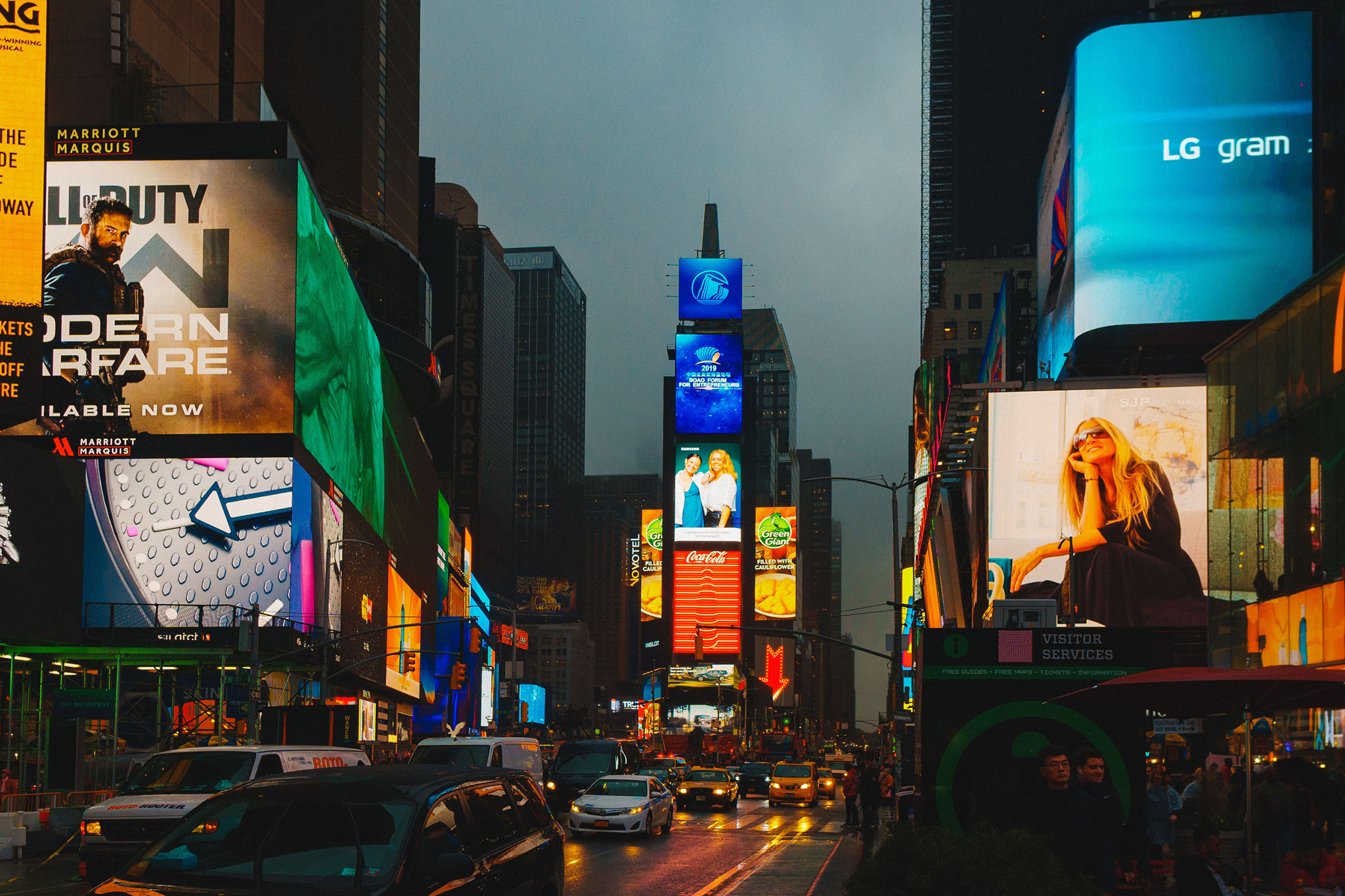Enhancing Visual Effect Through Tactical Content Scheduling in LED Display Execution
Wiki Article
Maximizing aesthetic effect during LED wall shows requires careful preparation plus tactical visual timing. LED screens represent powerful tools for visual narration, frequently utilized during musical events, gatherings, plus presentations. The effectiveness of these displays depends not only on the quality of the visuals yet additionally upon the manner plus timing they are shown. By comprehending the viewers' focus duration plus the flow of the event, organizers can create a more engaging experience that enthralls spectators plus improves the total show.
One key element of tactical visual timing is scheduling. It is vital to synchronize the images to the rhythm and pace of the performance. For instance, during a music show, visuals should complement the beat and mood of the music. This synchronization helps to forge a unified encounter that pulls the viewers in. Additionally, it is important to consider the duration of each visual segment. Brief, striking segments can sustain viewer interest, while longer visuals may be suitable for instances of contemplation or sentimental bonding. By varying the length and intensity of the visuals, organizers can maintain the viewers interested during the show.

Another crucial element is the content itself. The visuals displayed on the light-emitting diode screen should be pertinent to the theme of the show. This pertinence helps to reinforce the message being communicated plus renders the encounter more unforgettable for the viewers. For instance, if the performance is about environmental awareness, using visuals that depict nature and wildlife can amplify the message. Furthermore, incorporating dynamic features, such as motion graphics or read engaging visuals, can add excitement and keep the audience's attention. The right material, shown at the appropriate time, can significantly elevate the impact of the performance.
Audience engagement is also a crucial consideration in content scheduling. Understanding the characteristics and tastes of the viewers can inform the choice of images. For instance, a youthful crowd may respond better to bright hues and quick motion graphics, while an older audience might appreciate more subtle and sophisticated visuals. By tailoring the content to the audience's interests, organizers can create a more personalized experience that resonates with viewers. Additionally, incorporating audience participation, such as live polls or social interactions, can further improve involvement and render the show more engaging.
Finally, assessing the efficacy of the visual timing is crucial for upcoming shows. Gathering feedback from the audience can provide valuable insights into what worked well and what could be improved. This data can assist event planners improve their approaches and take knowledgeable decisions for future performances. By constantly evaluating and modifying the visual timing strategy, event planners can amplify the visual impact of LED wall performances plus craft unforgettable encounters for their viewers.